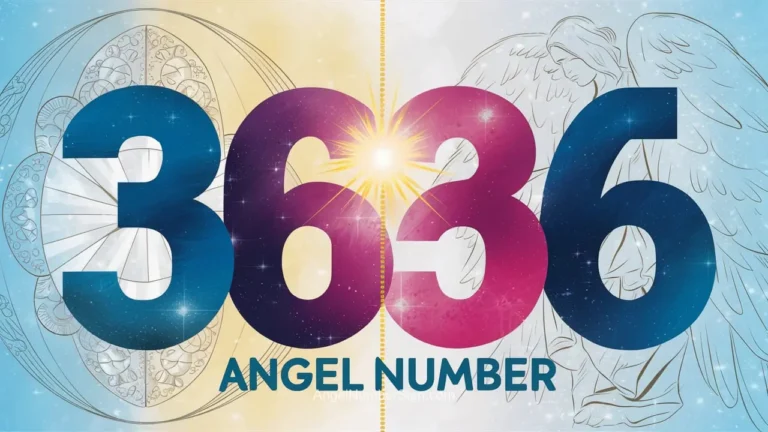The Symbolism and Mystical Significance of Snakes in Different Cultures

Snakes have long held a significant place in various cultures and religions around the world. From ancient myths to modern interpretations, the symbolism of snakes carries diverse meanings that have shaped our understanding of these reptiles. In this article, we will explore the deep-rooted symbolism and mystical significance of snakes in different cultures, shedding light on their multifaceted representation.
The Historical Context: From Ancient Mythology to Modern Interpretations
Ancient civilizations, such as the Egyptians and Greeks, revered the snake for its symbolic attributes. In Egyptian mythology, the cobra was a symbol of the sun and the protector of pharaohs, embodying power and divinity. On the other hand, Greek mythology depicted Medusa, a female deity with snakes for hair, who turned those who gazed into her eyes to stone. This mythological aspect added a sense of fear and awe to the serpent’s image.
In Christian tradition, the serpent has been associated with temptation and evil since the story of Adam and Eve in the Garden of Eden. The cunning serpent, often equated with Satan, deceived the first humans and brought sin into the world. This narrative has shaped Western perceptions of snakes as malevolent creatures, linked to deception and downfall.
However, it is essential to recognize that snakes have also been revered in various cultures for their positive attributes. In Native American spirituality, snakes symbolize wisdom, protection, and healing. They are seen as conduits of good and bad powers, connecting humans with nature and the spiritual realm. The intricate relationship between snakes and indigenous peoples underscores the rich cultural significance of these reptiles.
The Symbolic Meanings of Snakes in Different Cultural Contexts
Christian Symbolism
- Representation of Evil: In Christianity, the serpent symbolizes the devil and temptation, as seen in the story of Adam and Eve. It embodies deceit and the fall from grace.
- Symbol of Wisdom: Despite its negative connotations, the serpent also represents wisdom and subtlety in Christian teachings. This dualistic nature highlights the complexity of its symbolism.
Native American Symbolism
- Protector and Healer: For Native Americans, snakes are protective spirits that bring luck and healing. They are revered as medicine animals and symbols of nature’s wisdom.
- Connection to the Underworld: Some Native American tribes believe that snakes communicate with the powers of the underworld, bridging the gap between the physical and spiritual realms.
Egyptian Symbolism
- Solar Symbolism: In ancient Egypt, the cobra symbolized the sun and was associated with protection and divine power. It represented the cyclical nature of life and the eternity of the sun.
Greek Symbolism
- Dark Underworld: Greek mythology portrayed the snake as a creature of the underworld, embodying vigilance and mystery. Snakes were often associated with darkness and chaos in Greek culture.
Exploring the Depth of Symbolism: Serpent’s Evolution in Cultural Representations
The evolution of snake symbolism reflects a fascinating interplay between religious, mythological, and cultural narratives. While snakes have been historically viewed as agents of deception and evil in Western traditions, they hold diverse symbolic meanings in other cultures.
From the protective spirits of Native American tribes to the divine symbolism of Egyptian cobras, snakes continue to fascinate and inspire awe in our collective consciousness. Their enigmatic presence in myths and legends speaks to the enduring power of symbolism in shaping our understanding of the natural world.
The Contemporary Significance: Reinterpreting Snake Symbolism in the Modern World
In today’s increasingly interconnected world, the symbolism of snakes continues to evolve, reflecting changing attitudes and beliefs. As we revisit ancient myths and cultural narratives, we uncover new layers of meaning that challenge traditional interpretations.
By reexamining the symbolism of snakes in different contexts, we gain a deeper appreciation for their multifaceted nature and cultural significance. As we delve into the rich tapestry of symbolic representations, we uncover the timeless allure of these enigmatic creatures.
In conclusion, the symbolic significance of snakes transcends borders and time, offering a fascinating lens through which to explore the intricate relationship between humans and the natural world. By embracing the complexity of snake symbolism, we embark on a journey of discovery that illuminates the profound connections between cultures, beliefs, and the mysteries of existence.





